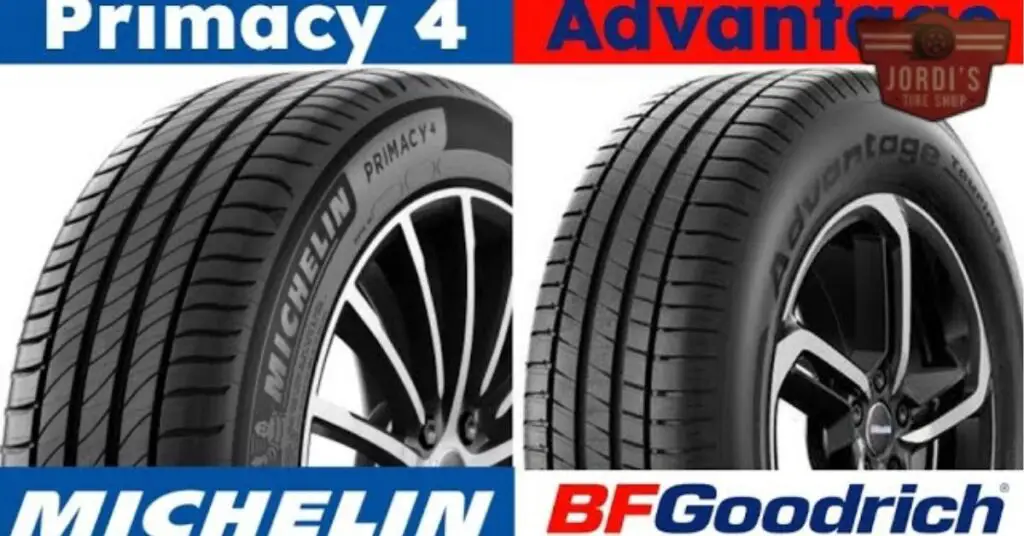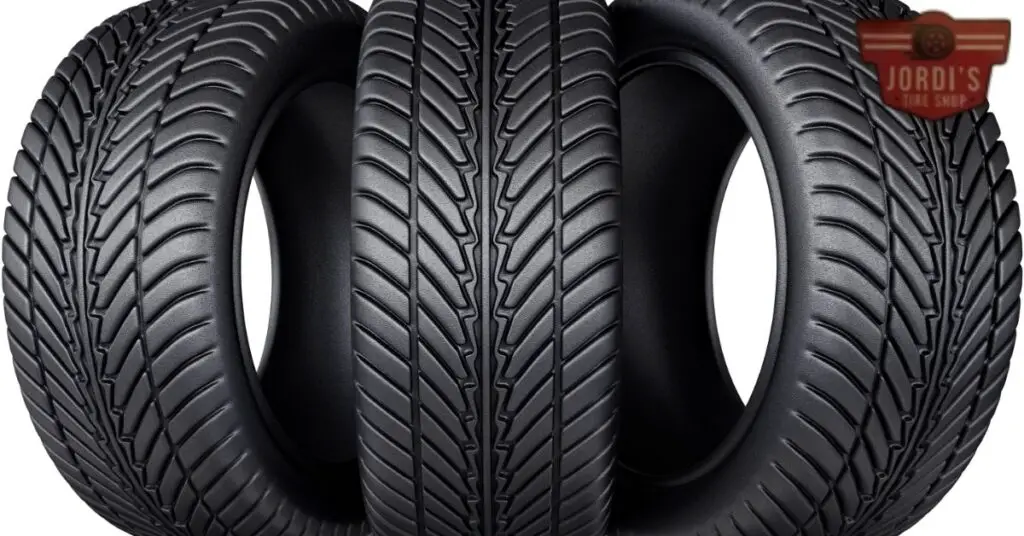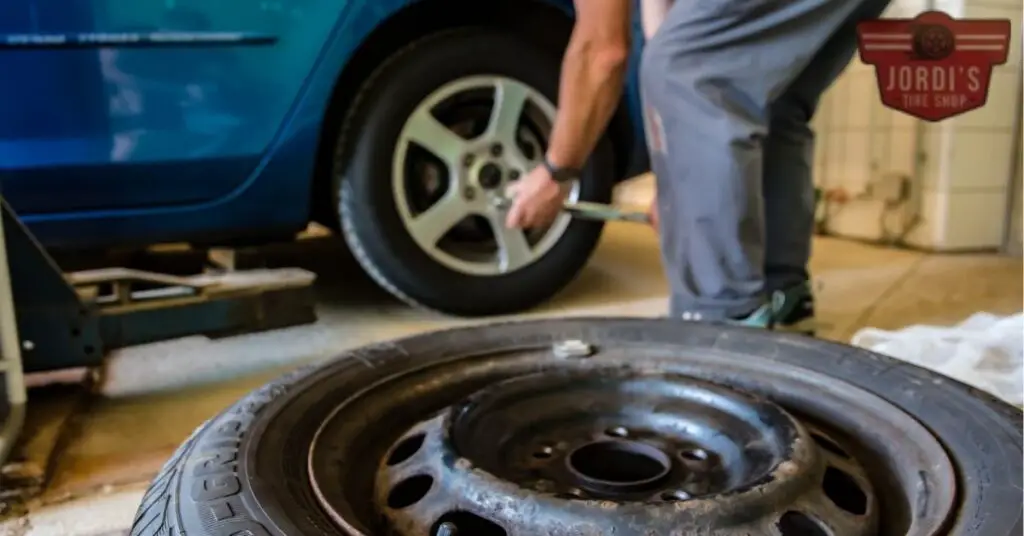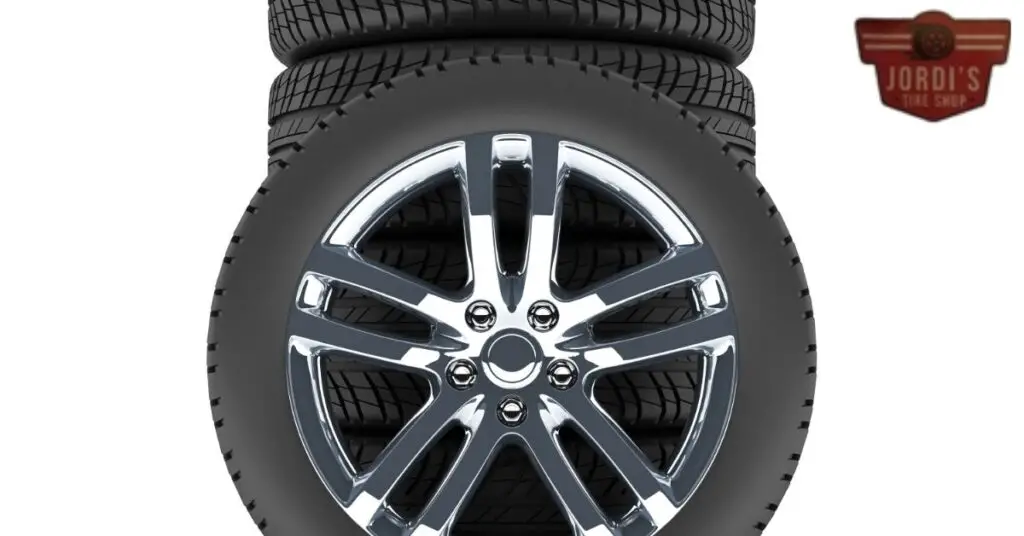Choosing the right tire for your light truck or SUV can feel like navigating a maze. With safety and performance on the line, it’s crucial to make an informed decision. Today, I’ll compare two popular all-terrain options: the Michelin LTX AT2 and the BFGoodrich All-Terrain T/A KO2.
These tires are highly regarded for their durability and performance, but they each bring unique features to the table. Michelin’s LTX AT2 is known for its smooth ride and long-lasting tread life, while BFGoodrich’s T/A KO2 boasts exceptional off-road capabilities and rugged durability. By the end of this comparison, you’ll have a clearer idea of which tire best suits your driving needs.
Brand Overview
BFGoodrich and Michelin are two of the most renowned tire manufacturers in the world. Both brands offer high-quality, durable options for different driving needs.
History of BFGoodrich
BFGoodrich began in 1870, founded by Dr. Benjamin Franklin Goodrich in Akron, Ohio. It’s known for pioneering several tire innovations, like the first tubeless tire and the first radial tire produced in the US. BFGoodrich gained prominence in motorsports and off-road competitions, solidifying its reputation for rugged and reliable tires.
History of Michelin
Michelin was established in 1889 by brothers Édouard and André Michelin in Clermont-Ferrand, France. Michelin introduced the first removable pneumatic tire, transforming the tire industry. The brand is also famous for the development of the radial tire in 1946, which improved fuel efficiency and tire longevity. Michelin’s commitment to innovation, safety, and performance has made it a global leader in the tire market.
Product Range Comparison

BFGoodrich and Michelin offer a wide array of tire options tailored to meet various driving needs.
Tire Types and Varieties
BFGoodrich focuses on performance and off-road tires. Its lineup includes the All-Terrain T/A KO2 for rugged terrains, the g-Force Comp-2 for high-speed performance, and the Advantage T/A Sport for everyday use. Michelin, in contrast, delivers a broader range. It offers the Primacy and Pilot series for luxury and sport driving, the Defender for long-lasting mileage, and the LTX range for light trucks and SUVs. This diversity ensures that both brands provide specialized tires to suit different preferences.
Availability in Different Markets
BFGoodrich has a robust presence in North America, Europe, and parts of Asia, emphasizing tires known for durability and off-road capabilities. Michelin, a global leader, extends its reach further with a presence in over 170 countries. Its extensive distribution network ensures that Michelin tires are accessible across varied markets, supporting its position as a top-tier choice globally. The broad availability of both brands ensures that consumers worldwide can find the right tires to meet their driving requirements.
Performance Analysis

Examining tire performance reveals significant differences between BFGoodrich and Michelin, particularly when focusing on road use, off-road capabilities, and durability.
Road Performance
Michelin tires provide excellent road performance, known for their advanced tread patterns that offer superior grip on wet and dry surfaces. For example, the Michelin LTX AT2 features narrower grooves that maximize surface contact, enhancing stability and reducing road noise. This design ensures a quieter and more comfortable drive, making Michelin ideal for on-road conditions.
On the other hand, BFGoodrich All-Terrain T/A KO2 tires have a more aggressive tread pattern that sacrifices some on-road comfort and noise levels for traction. Due to their larger tread blocks and deeper grooves, they might feel louder and less smooth on asphalt. However, they still perform adequately for those who drive mostly in urban environments but occasionally hit rougher roads.
Off-road Capabilities
BFGoodrich shines in off-road conditions. Their tires, like the All-Terrain T/A KO2, are designed for rugged terrains with features such as reinforced sidewalls, wider shoulders, and deep treads. These elements improve traction on loose surfaces like mud, gravel, and sand, offering reliability for adventurous drivers. BFGoodrich’s history of motorsport success underscores their expertise in crafting tires that handle extreme conditions.
Comparatively, though Michelin tires like the LTX AT2 do offer some off-road capabilities, they’re better suited for light off-road use. Their design focuses more on durability and comfort on paved and hard-packed surfaces rather than on challenging terrains. As a result, Michelin might not be the best choice for extreme off-road driving but serves well for mixed-use scenarios.
Durability and Longevity
Michelin tires are renowned for their durability. With advanced tread compounds and robust construction, tires such as the Michelin Defender often outlast competitors. Their MaxTouch Construction technology distributes forces evenly to prevent premature wear, ensuring longer life spans. This makes Michelin a cost-effective choice for drivers seeking long-term value.
BFGoodrich tires also offer durability, especially in harsh conditions. Their tires are built to withstand punctures and tears, essential for off-road adventures. The All-Terrain T/A KO2, for instance, has a chip-resistant, thick rubber compound on the sidewalls, enhancing resistance to harsh elements. While they might wear quicker than Michelin on regular roads, they excel in environments that demand ruggedness.
Both brands offer unique advantages, catering to different driving needs—from urban commutes to off-road expeditions.
Consumer Reviews and Feedback

Consumer reviews offer invaluable insights into real-world performance. Here’s an overview of what drivers say about BFGoodrich and Michelin tires.
Overall Satisfaction
Reviews suggest high satisfaction with Michelin and BFGoodrich tires. Michelin tires, known for their longevity and comfort, receive praise from urban drivers and those seeking long-lasting performance. One driver mentioned their Michelin XZE tires lasted over four years, even after frequent long trips. Conversely, BFGoodrich tires, praised for their off-road capabilities, attract outdoor enthusiasts. A consumer noted their BFGoodrich ST 230 tires performed well on rugged terrains and sustained minimal wear over time. Both brands maintain high satisfaction rates, catering to different driving needs.
Specific Complaints and Praises
Michelin tires often receive commendations for their durability and quiet ride. However, some drivers find them pricier than competitors. One complaint highlighted the higher cost of Michelin tires but acknowledged their value for comfort and mileage. On the other hand, BFGoodrich tires earn accolades for their robust off-road performance. Some feedback pointed out that BFGoodrich tires, such as the All-Terrain T/A KO2, might ride rougher on paved roads. Yet, these tires receive praise for their reliability in harsh conditions. Both brands exhibit strong positive feedback, each excelling in their respective areas—Michelin for road comfort and longevity, BFGoodrich for rugged terrain performance.
Price and Value for Money

Evaluating the price and value of BFGoodrich and Michelin tires reveals important factors for choosing the right tire. While Michelin tends to be more expensive, both brands offer specific benefits that justify their price points.
Cost Comparison
When comparing costs, Michelin tires usually have a higher price. For instance, Michelin LTX AT2s generally cost about $40 more per tire than BFGoodrich All-Terrain T/A KO2s. This higher price often reflects Michelin’s focus on advanced technology and durability, which translates to a longer lifespan and a quieter ride. On the other hand, BFGoodrich tires, while cheaper, excel in off-road performance. The lower price point can make BFGoodrich a more attractive option if rugged terrain capabilities are a priority.
Warranty Offers
Warranty options for both brands are competitive but differently structured. Michelin typically offers longer mileage warranties, often around 70,000 miles for their LTX AT2 model, reflecting their confidence in wear longevity. BFGoodrich offers robust warranties too, but these are often shorter, such as the 50,000-mile warranty for the All-Terrain T/A KO2. Despite the shorter coverage, BFGoodrich provides excellent off-road assistance packages, which add value for those driving in challenging environments.
Michelin’s higher prices come with extended warranties and advanced tire technologies, while BFGoodrich focuses on cost-effective durability with excellent off-road support.
Conclusion
Choosing between BFGoodrich and Michelin tires really boils down to your specific driving needs. If you’re an urban driver seeking longevity and comfort, Michelin’s advanced technology and longer warranties make it a solid choice. On the other hand, if you love off-road adventures and need durable, cost-effective tires, BFGoodrich offers excellent value with robust off-road performance and useful assistance packages.
Ultimately, both brands have their strengths, so consider what matters most to you—whether it’s Michelin’s quieter ride and longer lifespan or BFGoodrich’s rugged durability and off-road capabilities. Each brand brings something unique to the table, ensuring you’ll find a tire that matches your driving style and preferences.
Related Posts:
- Yokohama vs Hankook Tires: Performance, Durability, and Pricing Compared
- Yokohama vs Goodyear Tires: Performance, Durability, and Eco-Friendliness Compared
- Yokohama vs Bridgestone: Which All-Terrain Tire Reigns Supreme?
- Nitto vs Michelin Tires: Which Brand is Best for Your Driving Needs?
- Falken vs Michelin Tires: Which Brand Offers Better Performance and Value for Money?
- BFGoodrich vs Michelin: Which Tire Brand is Best for Your Vehicle?
- Goodyear vs Michelin: Which Tire Brand is Best for Your Vehicle?
- Michelin vs Pirelli Tires: Which Brand is Best for Your Car?
- Firestone vs Michelin Tires: A Detailed Comparison of Performance and Value
- Toyo vs Michelin Tires: Which Brand Offers the Best Performance and Value?
- Hankook vs Michelin Tires: Which Brand Offers the Best Performance and Value?
- Goodyear vs Bridgestone Tires: In-Depth Comparison of Performance, Durability, and Customer Reviews
- Continental vs Pirelli Tires: A Comprehensive Comparison of Performance and Value
- Continental vs Bridgestone Tires: Which Brand Offers Better Performance and Durability?





